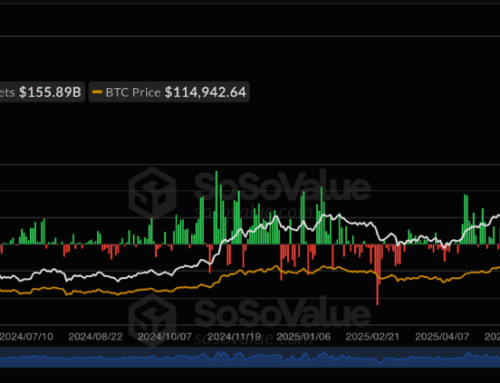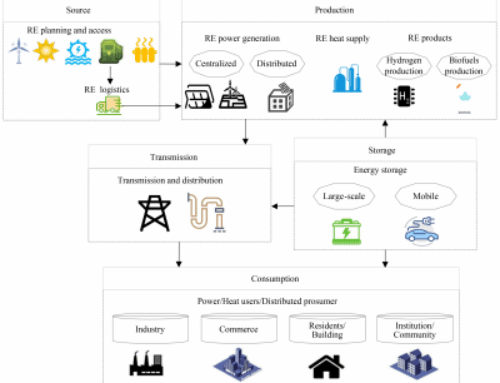Top 3 Price Prediction: Bitcoin, Ethereum, Ripple – BTC, ETH, and XRP struggle below key r
October 28, 2025
Bitcoin (BTC), Ethereum (ETH) and Ripple (XRP) are showing signs of consolidation midweek, struggling to break above key resistance levels. BTC remains capped below $112,500 after being rejected at the 78.6% Fibonacci retracement level. ETH and XRP followed BTC’s footsteps and got rejected from their key resistance zones, reflecting a period of uncertainty as traders await fresh catalysts for the next directional move.
Bitcoin price retested and was rejected from the 78.6% Fibonacci retracement level at $115,137 on Monday, and declined slightly the next day, falling below the 50-day Exponential Moving Average (EMA) at $113,317. At the time of writing on Wednesday, BTC is trading down around $112,400, nearing its ascending trendline.
If BTC finds support around the ascending trendline, recovers, and closes above $115,137, it could extend the rally toward the key psychological level at $120,000.
The Relative Strength Index (RSI) on the daily chart hovers around the neutral 50 level, indicating indecision among traders. However, the Moving Average Convergence Divergence (MACD) showed a bullish crossover on Sunday, which still holds, supporting the bullish thesis.

BTC/USDT daily chart
On the other hand, if BTC continues its correction, it could extend the decline toward the 61.8% Fibonacci retracement level at $106,453.
Ethereum price faced rejection from the daily resistance level at $4,232 on Monday and declined by 4.66% the next day. This daily level roughly coincides with the 78.6% Fibonacci level at $4,193 and the 50-day EMA at $4,115, making this a key resistance zone. At the time of writing on Wednesday, ETH hovers at around $3,996.
If ETH recovers and closes above the daily resistance at $4,232, it could extend the rally toward the next daily resistance at $4,488.
The RSI on the daily chart is 47, near its neutral level of 50, suggesting fading bearish momentum. For the bullish momentum to be sustained, the RSI must move above the neutral level. However, like Bitcoin, Ethereum’s MACD indicator showed a bullish crossover on Sunday, supporting a bullish view.

ETH/USDT daily chart
However, if ETH continues its correction, it could extend the decline toward the 61.8% Fibonacci retracement level at $3,593.
XRP price faced rejection from the 50-day EMA at $2.68 on Monday and declined slightly the next day, resting the 200-day EMA at $2.61. At the time of writing on Wednesday, XRP hovers at around $2.60.
If the 200-day EMA at $2.61 continues to hold as support and XRP closes above $2.68, it could extend the rally toward the next daily resistance at $3.40.
Like Bitcoin, XRP RSI indicates indecisiveness among traders while MACD supports a bullish view.

XRP/USDT daily chart
On the other hand, if XRP faces a correction, it could extend the decline toward the key daily support at $2.35.
An Exchange-Traded Fund (ETF) is an investment vehicle or an index that tracks the price of an underlying asset. ETFs can not only track a single asset, but a group of assets and sectors. For example, a Bitcoin ETF tracks Bitcoin’s price. ETF is a tool used by investors to gain exposure to a certain asset.
Yes. The first Bitcoin futures ETF in the US was approved by the US Securities & Exchange Commission in October 2021. A total of seven Bitcoin futures ETFs have been approved, with more than 20 still waiting for the regulator’s permission. The SEC says that the cryptocurrency industry is new and subject to manipulation, which is why it has been delaying crypto-related futures ETFs for the last few years.
Yes. The SEC approved in January 2024 the listing and trading of several Bitcoin spot Exchange-Traded Funds, opening the door to institutional capital and mainstream investors to trade the main crypto currency. The decision was hailed by the industry as a game changer.
The main advantage of crypto ETFs is the possibility of gaining exposure to a cryptocurrency without ownership, reducing the risk and cost of holding the asset. Other pros are a lower learning curve and higher security for investors since ETFs take charge of securing the underlying asset holdings. As for the main drawbacks, the main one is that as an investor you can’t have direct ownership of the asset, or, as they say in crypto, “not your keys, not your coins.” Other disadvantages are higher costs associated with holding crypto since ETFs charge fees for active management. Finally, even though investing in ETFs reduces the risk of holding an asset, price swings in the underlying cryptocurrency are likely to be reflected in the investment vehicle too.
Search
RECENT PRESS RELEASES
Related Post




